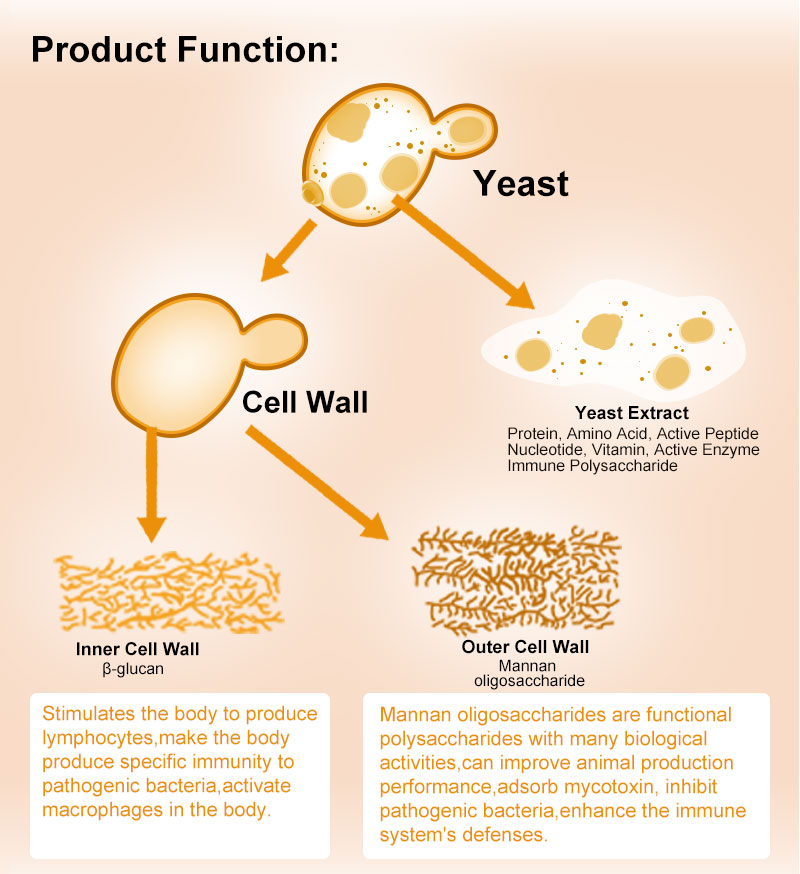Classification and difference of mold remover
Mycotoxins are the products of mold metabolism, many kinds, great harm, mainly in corn as feed materials. General degree are a variety of mycotoxins co-exist, and the existence of different mycotoxins additive or synergistic effect between the mycotoxins will make mycotoxin toxicity greatly enhanced, resulting in mycotoxins from the immunity, reproduction, digestion and other aspects to affect the animal's production performance, a serious threat to life.
According to the composition of raw materials can be divided into three categories of mold release agents:
First, silica-aluminate class, including zeolite, montmorillonite and other clay adsorbents, the main component of sodium calcium hydroxide silica-aluminate, its adsorption effect is closely related to the interlayer structure, surface area, ionic polarity. Super large surface area and electrostatic adsorption, can strongly adsorb mycotoxins with ionic polarity, especially high polarity mycotoxins, such as aflatoxin;
Second, organic class, such as activated carbon, lignin and yeast cell wall extracts - β-glucan and mannan oligosaccharide. Organic adsorbents selectively adsorb low-polarity mycotoxins such as zearalenone, fumonisins, vomitoxins and T2 toxins;
Thirdly, enzyme or biodegradation class, some studies have reported that lactic acid bacteria, acetic acid bacteria, baker's yeast, brewer's yeast, Aspergillus oryzae and Bacillus subtilis have degradation effect on aflatoxin. And this kind of product is also more and more popular, gradually become the mainstream product of mold remover.
Different types of mold removers have different effects, so how to choose what you want, you can distinguish from the mechanism of action to identify.
1 Aluminosilicate class
Aluminosilicate such as zeolite, montmorillonite, diatomaceous earth, kaolin, etc., because of the large surface area ratio and ion adsorption capacity, the mycotoxins have a certain selection of adsorption capacity. But actually the most used is montmorillonite, which has stable performance and is more capable of adsorbing toxins and reducing hazards.
Characteristics of this class of adsorbents:
(1) adsorption of aflatoxin, can not simultaneously adsorb many different types of mycotoxins present in feeds
(2) The effective additive quantity is large, occupying too much formula space;
(3) Adsorb mycotoxins while combining with vitamins, minerals and other nutrients in the feed, interfering with nutrient utilization;
(4) May contain dioxins, heavy metals and other pollutants, contaminating the feed to a certain extent.
2 Enzymes or active bacteria
Whether it is biological enzymes or active bacteria, mainly rely on enzymatic cleansing of toxins, enzyme preparations have high efficiency, but also have limitations, high production costs, but also need to be improved in various aspects.
3Organic
β-glucan and mannan oligosaccharide is a functional carbohydrate obtained from yeast cells after enzymatic wall-breaking, degradation and purification of cell wall components by a specific process, the special structure of mycotoxins and mycotoxins have a high affinity for the adsorption of mycotoxins can be achieved through hydrogen bonding, ionic bonding and hydrophobic forces. This polysaccharide can recognize various sites of mycotoxins with different molecular structures and directly adsorb or directly bind mycotoxins. β-Glucan and mannan oligosaccharide can effectively adsorb different kinds of mycotoxins, including the most common ones, such as aflatoxin, T-2 toxin, zearalenone, vomeronasin, fumonisin, and ochratoxin.
Due to their porous nature, β-glucan and mannan oligosaccharides have a huge surface area, which facilitates the rapid adsorption of mycotoxins. In addition, β-glucan and mannan oligosaccharides do not adsorb other components of the feed. It meets the requirements for an ideal adsorbent.
The effective adsorption of mycotoxins by yeast cell wall extracts reduces the damage of mycotoxins to animal health, as well as the deposition of mycotoxins in human edible meat, eggs and milk, ensuring the safety of the food chain.

The yeast cell wall produced by Hebei Sunshine Biotechnology Co., Ltd. is rich in β-glucan and mannan oligosaccharide, which is the ideal choice for mold remover.

Phone: +86-317-2135910
E-mail: Erica@stbiol.com
Address: Machang Town,Qing County ,Cangzhou City ,Hebei,China
Hebei Shuntian biotechnology Co.,Ltd.
Add:Machang Town,Qing County ,Cangzhou City ,Hebei,China
Tel: +86-317-2135910
E-mail:Erica@stbiol.com
© Copyright - 2018-2020 : All Rights Reserved.